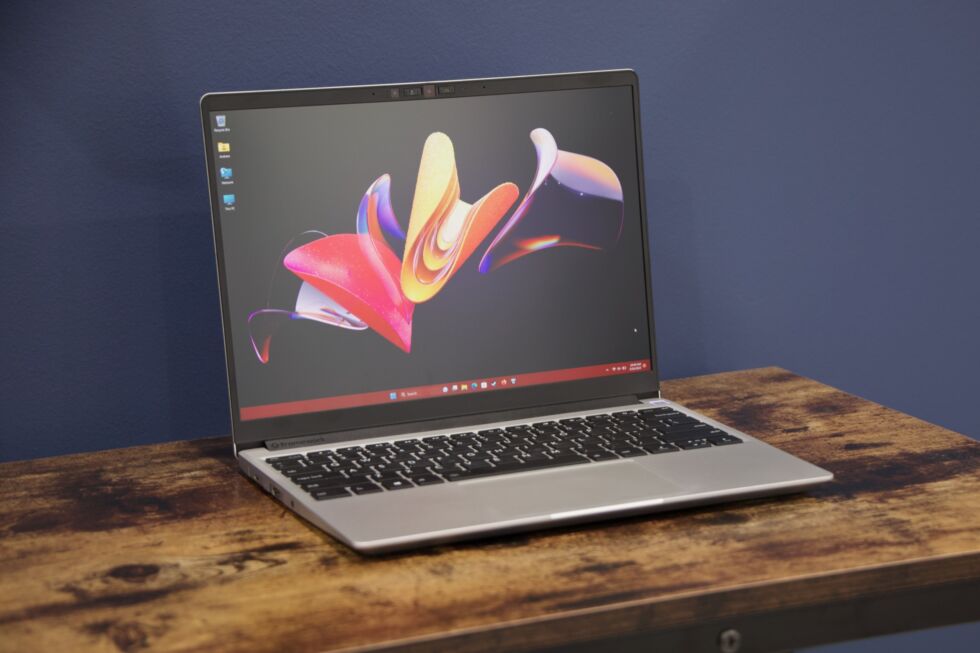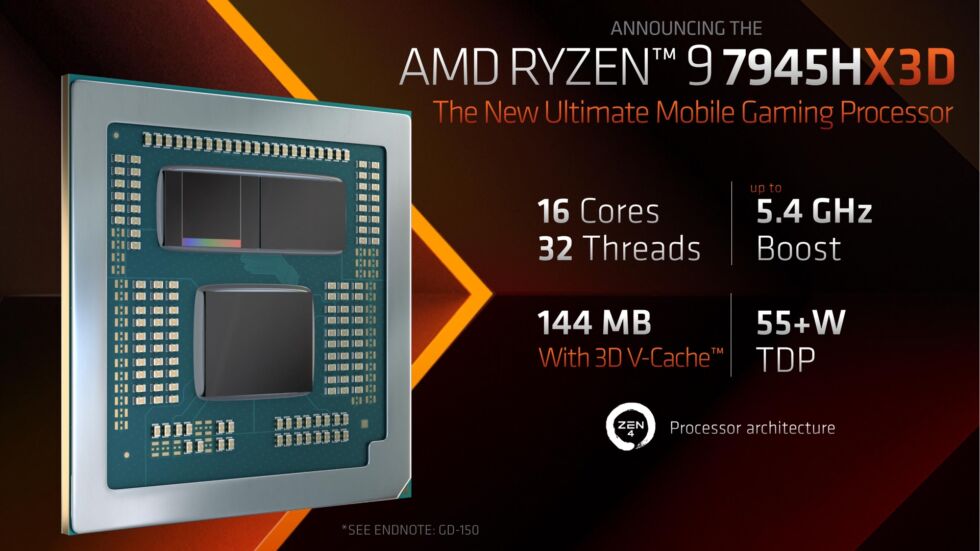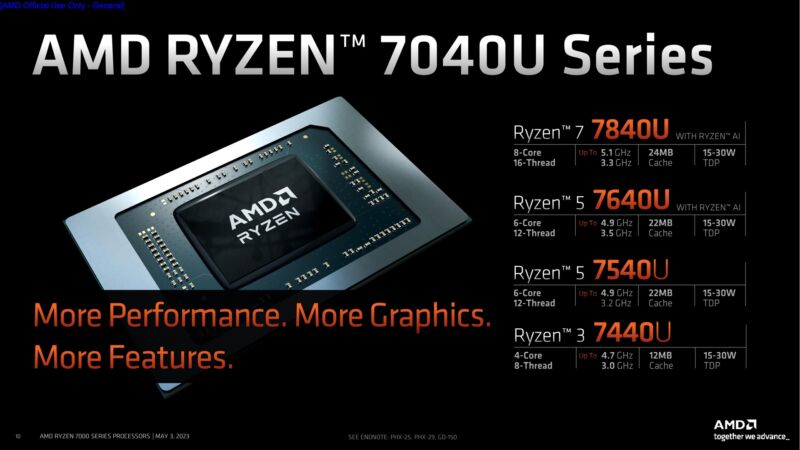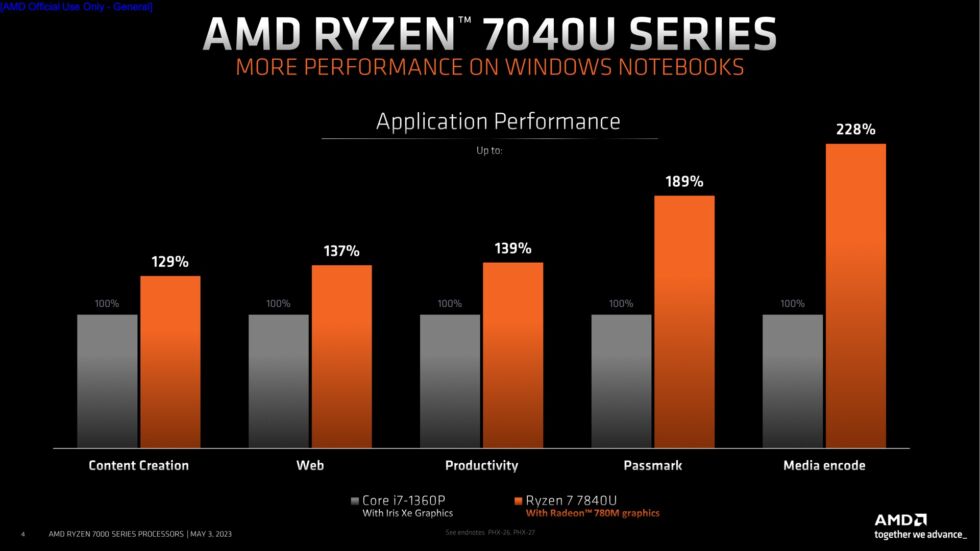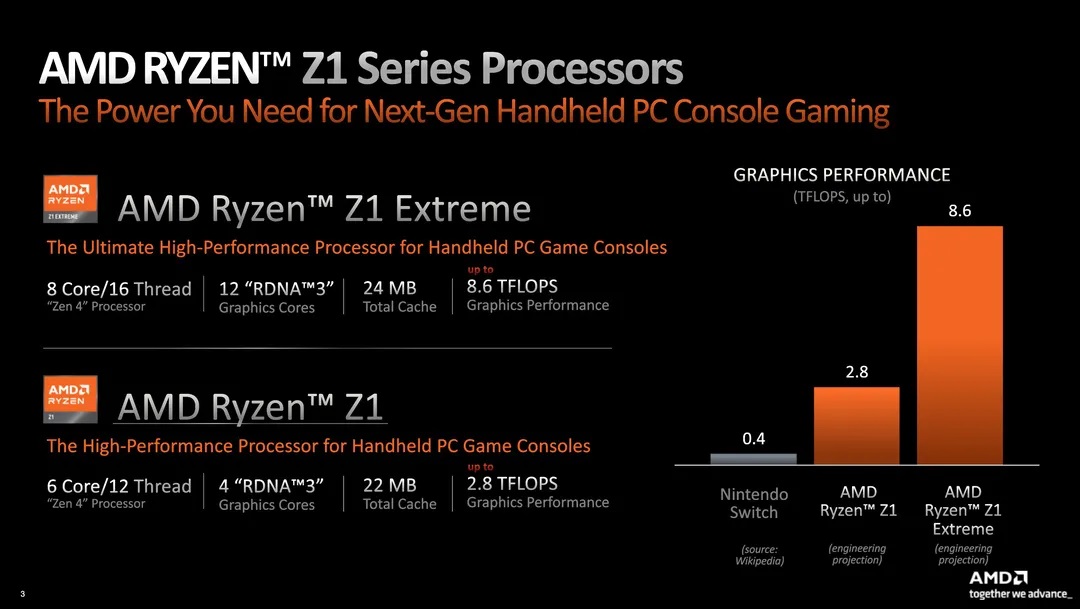-
 chevron_right
chevron_right
Ryzen 8000G review: An integrated GPU that can beat a graphics card, for a price
news.movim.eu / ArsTechnica · Monday, 29 January - 19:50
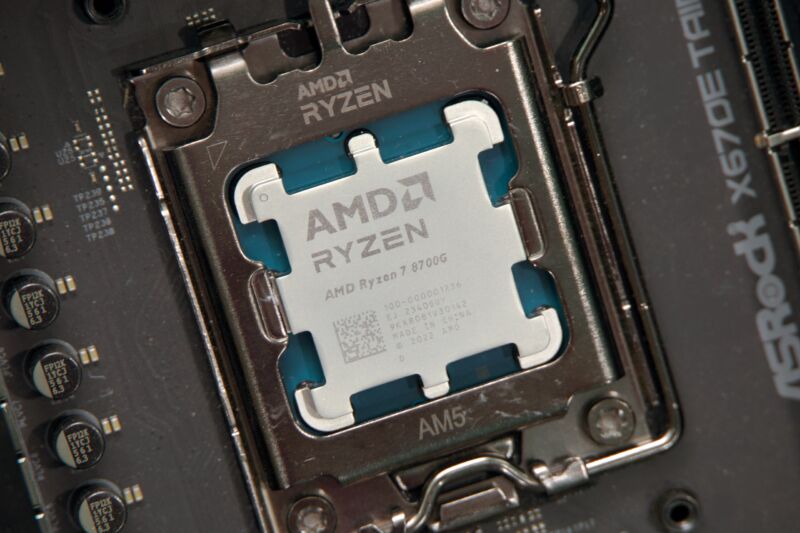
Enlarge / The most interesting thing about AMD's Ryzen 7 8700G CPU is the Radeon 780M GPU that's attached to it. (credit: Andrew Cunningham)
Put me on the short list of people who can get excited about the humble, much-derided integrated GPU.
Yes, most of them are afterthoughts, designed for office desktops and laptops that will spend most of their lives rendering 2D images to a single monitor. But when integrated graphics push forward, it can open up possibilities for people who want to play games but can only afford a cheap desktop (or who have to make do with whatever their parents will pay for, which was the big limiter on my PC gaming experience as a kid).
That, plus an unrelated but accordant interest in building small mini-ITX-based desktops, has kept me interested in AMD’s G-series Ryzen desktop chips (which it sometimes calls “APUs,” to distinguish them from the Ryzen CPUs). And the Ryzen 8000G chips are a big upgrade from the 5000G series that immediately preceded them (this makes sense, because as we all know the number 8 immediately follows the number 5).





